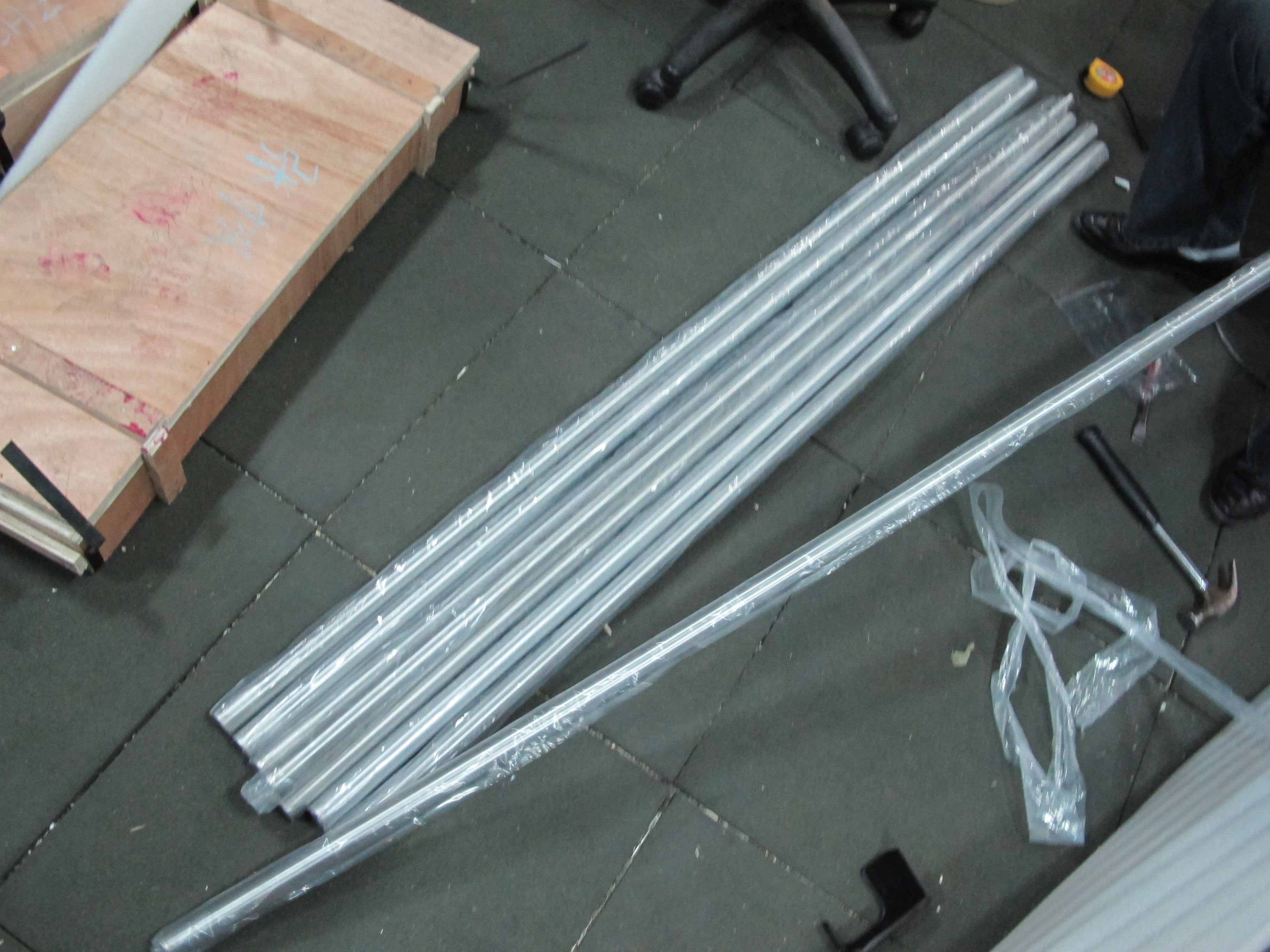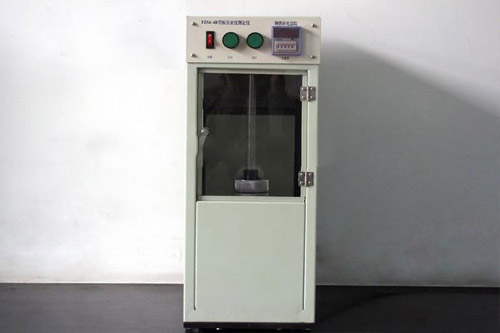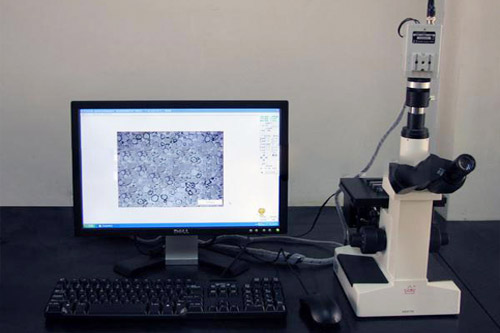China Molybdenum Sound Welds
Proper precautions can alleviate the tendency to crack and enhance the probability of producing sound molybdenum welds.
Relatively high preheating and and post heating temperatures are useful to maintain temperature levels well above the transition temperature of molybdenum in the vicinity of the joint during welding, and until most of the major thermal gradients in the weld zone have dissipated. A high temperature stress relief is recommended after welding. Because the surface of the molybdenum weld usually contains numerous stress raisers, it is recommended that whenever such operations are possible the molybdenum weld bead be ground, machined, or sanded to produce a smooth continuous surface before the assembly is subjected to service stresses.
Unalloyed molybdenum and the 70% Mo-30% W alloy contain no dispersed particles that can inhibit grain growth. The TZM molybdenum alloy contains titanium-zirconium carbides which inhibit grain growth at temperatures up to about 1540 ℃, but at higher temperatures these particles dissolve and are no longer effective. The high temperatures required for welding molybdenum, therefore, cause the growth of large grains in both the fusion zone and the adjacent heat affected zone. The decrease in grain surface that accompanies grain growth tends to concentrate insoluble phases such as oxides and carbides in the grain boundaries, increasing the need for proper heating and stress relieving.

Relatively high preheating and and post heating temperatures are useful to maintain temperature levels well above the transition temperature of molybdenum in the vicinity of the joint during welding, and until most of the major thermal gradients in the weld zone have dissipated. A high temperature stress relief is recommended after welding. Because the surface of the molybdenum weld usually contains numerous stress raisers, it is recommended that whenever such operations are possible the molybdenum weld bead be ground, machined, or sanded to produce a smooth continuous surface before the assembly is subjected to service stresses.
Unalloyed molybdenum and the 70% Mo-30% W alloy contain no dispersed particles that can inhibit grain growth. The TZM molybdenum alloy contains titanium-zirconium carbides which inhibit grain growth at temperatures up to about 1540 ℃, but at higher temperatures these particles dissolve and are no longer effective. The high temperatures required for welding molybdenum, therefore, cause the growth of large grains in both the fusion zone and the adjacent heat affected zone. The decrease in grain surface that accompanies grain growth tends to concentrate insoluble phases such as oxides and carbides in the grain boundaries, increasing the need for proper heating and stress relieving.

Prev:上一篇:Sanhui Molybdenum And Alloys Welding










